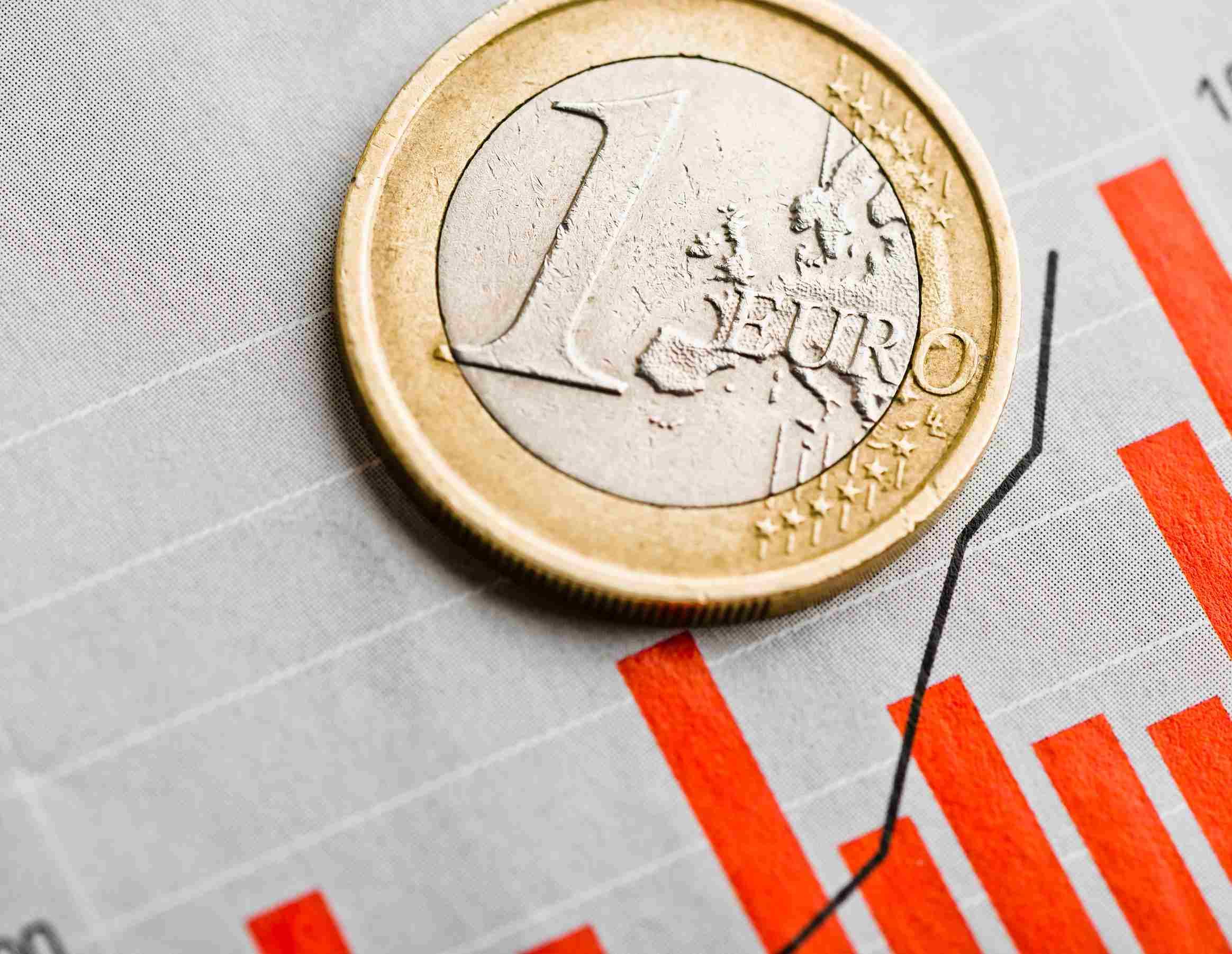Good morning to everyone.
I am glad to be here today to discuss a topic that can revolutionize fisheries management. First, I would like to congratulate the government of Norway for organizing this important event. The European Union is committed to sustainable fisheries management. However, we still face significant challenges: overfishing, illegal fishing, and irresponsible practices that threaten marine biodiversity, food security, and coastal livelihoods.
In this context, SDG 14.4 is a daily imperative. Monitoring and enforcing fisheries regulations across vast maritime areas is complex, involving numerous vessels and jurisdictions. Traditional data collection methods are often resource-intensive and slow.
Delayed or incomplete data is unacceptable if we aim to manage our oceans sustainably. This is why the European Union is heavily investing in the digital transformation of fisheries control, including data collection. We must adopt modern systems that embrace technology, such as automatic catch registration, artificial intelligence (AI), and advanced data analytics.
At the policy level, we ensure our legal frameworks support innovation and the adoption of new technologies for the benefit of fisheries activities. A significant milestone has been achieved with the revised Fisheries Control Regulation now in force.
This framework facilitates a comprehensive digital transformation in the sector. It mandates electronic catch reporting, vessel tracking, digital traceability, and the use of remote monitoring tools, laying the groundwork for integrating AI into control operations.
We see great opportunities to use new technologies, including AI, to enhance fisheries control efficiency and effectiveness.
Automated catch registration, combined with AI, allows us to shift from reactive control to proactive monitoring. Imagine systems that can instantly identify species, estimate quantities, support catch record validation, and detect anomalies in real time.
This is not science fiction; it is happening now, and we have the responsibility to expand it.
With AI-driven tools, we can achieve near real-time monitoring and data collection, ensuring regulations are enforced effectively and transparently.
For example, AI can analyze automatic identification systems data from vessels to monitor their positions, speeds, and routes, aiding in species identification.
AI can also help identify illegal fishing activities by analyzing patterns and anomalies in data that are hard for humans to see.
However, technology must be supported by clear rules, interoperability standards, personal data protection, and safeguards to ensure trust, fairness, and ethical use. This is essential for our future.
At the research level, the European Union, through Horizon Europe and the European Maritime, Fisheries and Aquaculture Fund (EMFAF), is leading these innovations. Many EU-funded projects demonstrate our commitment to integrating advanced technology into fisheries management. Let me mention two:
EVERYFISH is a Horizon Europe project pioneering fully documented fisheries, making compliance a shared responsibility between technology and users.
The Horizon Europe project Optifish is developing AI tools to measure catch composition, fishing effort, and environmental conditions in real time.
The sustainable management of our oceans requires coherent coordination across related policies and activities. The European Ocean Pact presented yesterday aims to achieve this—it will serve as a strategic framework for all ocean-related policies. The Pact underscores the importance of seas and oceans in the EU political agenda and emphasizes marine knowledge for sustainable fisheries management.





